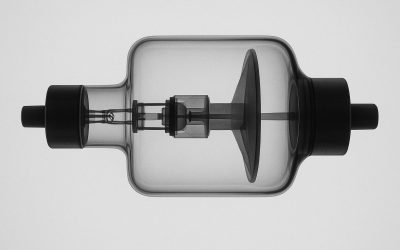Having the most accurate way to measure differences in pressure is essential in many different types of industries and applications. Choosing type and design of differential pressure transmitters to most accurately measure the specific change will be different from industry to industry and from one application to another.
It only makes sense that you wouldn’t need to use the same type of measurement device and system in a water tank in a municipal water system as you would in the engine in a vehicle. Pressure range, environmental conditions and the accuracy required in the reading will all be factors to consider in selecting the right components for any given application.
Simple Explanation
The simple explanation of how differential pressure transmitters work is very easy to understand. Pressure is measured between two different ports, both connected to the transmitter. The transmitter then reads this difference and sends an electronic signal that represents that difference based on how the system is calibrated.
However, how that is done depends on the type of DP (differential pressure) transmitter. There are four that are commonly used and they include:
- Strain gauge
- Force-balance
- Differential capacitance
- Mechanical Resonance or Vibrating Wire
The differences between these will influence when a specific transmitter should be used.
Considerations
While the specific working environment and the pressure range will be important considerations, it is often possible to choose between different types of DP transmitters to achieve the same readings.
Generally, all DP transmitters used today are electronic, allowing for high levels of accuracy in the readings, very low maintenance once installed and lower upfront costs of installation. This is particularly true over the force-balance styles of DP transmitters that required special tubing and air supply pipes rather than a simple wiring system to the transmitter.
The transmitter is connected to the two pressure sensing capsules, each which has a pressure port. The transmitter itself is wired to the system to send readings at the frequency required. Between the two pressure sensing capsules, there is a diaphragm that comes in contact with the process fluid through the pressure port.
The movement of the diaphragm to one pressure sensing capsule or the other is read by the transmitter and the respective information is sent through to the system. Highly accurate and very dependable, these types of differential pressure transmitters are ideal for many different applications and uses in small systems as well as those that are very large.


